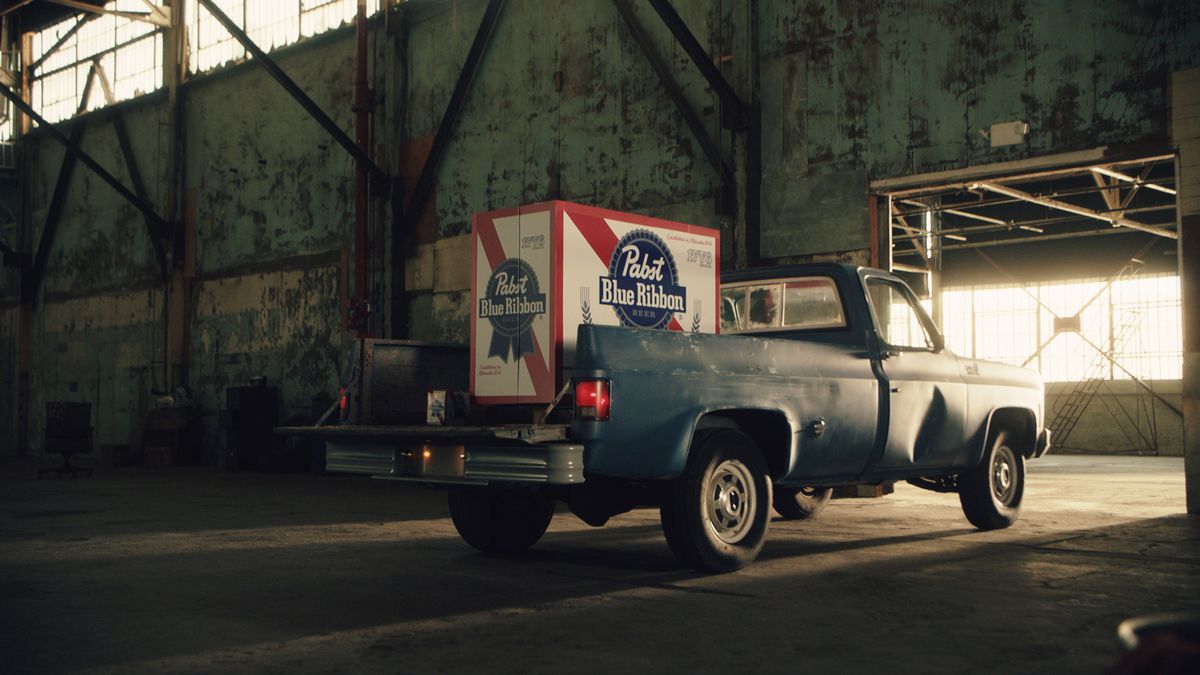
Fluid Milk and Cream — Western U.S.
Oct. 1
In California, milk outputs are steady to up compared to the previous week. Class I sales remain steady. Class II sales have declined. Milk supplies are available to satisfy buyers' needs. Processing plants are being run a bit below full capacity. The market tone is steady.
Arizona milk outputs are within seasonal norms. Temperatures are becoming cooler in the night and are helping with cows' comfort. Milk supplies and sales are in good equilibrium. Demands are stable for Class I, but decreased a bit for Class II. Handlers report not seeing many changes in their customers' intakes. Not much milk is coming into the state for processing.
Milk holdovers are higher in New Mexico because a few large dairy processing plants are working on annual maintenance projects and couldn't take as many loads of milk as they usually do. As the result, balancing needs were up. Manufacturing facilities are being run at full capacities. Milk production has increased. The nicer weather conditions in recent days have allowed dairy cows to be more at ease. Class I sales have dropped, whereas Class II and III demands have increased.
Pacific Northwest milk production continues at a steady pace. Manufacturers report milk and cream supplies are adequate for most processing needs without any surprises. Milk handlers are sorting out new patterns for bottling demand. With schools operating under a variety of in person, virtual and hybrid models, it has been challenging to find the right balance between gallon and half gallon jugs and single serving containers.
Strong and steady describes milk production in the mountain states of Idaho, Utah and Colorado. Warm days and cool nights are setting up almost perfect cow comfort weather. While fires are still a concern along the West Coast, air quality in the mountain states has improved from several weeks ago. Milk volumes are plentiful, and manufacturers are running at capacity. Some discounted loads of milk are moving around the region looking for homes. Discount levels are the typical $4 under Class IV. There are no reports of discarded milk loads.
In the West, demands for condensed skim are high, especially requests going to ice cream production. Some processors report receiving more inquiries for spot loads. Cream demands in the West region are declining. Most ice cream manufacturers are slowing down their production schedules. This is leading to more cream churning. Cream multiples for all Classes are slightly higher at the top of the range.
October 03, 2020 at 04:30AM
https://ift.tt/30sRI9Y
Western US milk and cream report | Dairy | capitalpress.com - Capital Press
https://ift.tt/2XiyktG
Milk

No comments:
Post a Comment